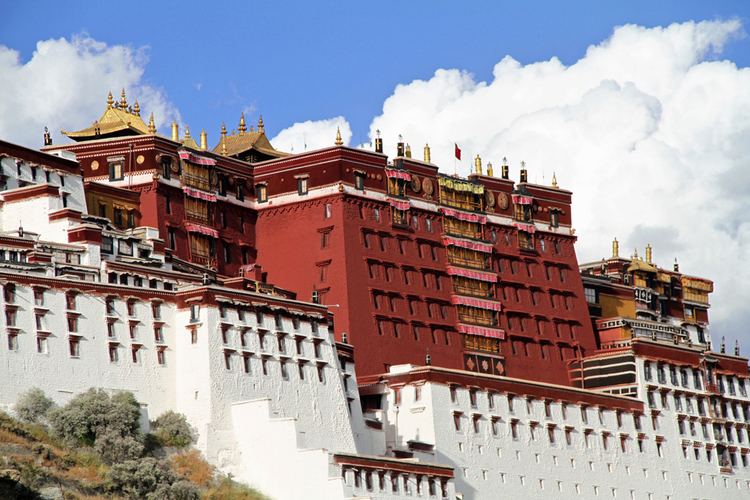 | ||
Neolithic Tibet refers to a prehistoric period in which Neolithic technology was present in Tibet.
Contents
Tibet has been inhabited since the Late Paleolithic. During the mid-Holocene, Neolithic immigrants from northern China largely replaced the original inhabitants, bringing with them elements of Neolithic culture and technology, although a degree of genetic continuity with the Paleolithic settlers still exists.
Migration
During the mid-Holocene, Neolithic settlers from northern China migrated to Tibet, possibly from a mixture of the Yangshao culture, which inhabited modern-day Henan, Shaanxi, and Shanxi, and the Majiayao culture, which inhabited the upper Yellow River region in modern-day Gansu and Qinghai. Archaeological evidence suggests that the spread of the Sino-Tibetan proto-language was caused by the westward expansion of the Yangshao culture, intermingling with the Majiayao culture, which expanded further west into the Himalayas. The neolithic cultures of Kashmir, northern Sikkim, Chamdo, and Bhutan are all the result of this migration into the Tibetan Plateau, primarily through the use of two routes. The first, the southward route through modern-day Sichuan into Sikkim, Bhutan and southeastern Tibet, and the second, a westward path through the Karakoram mountain range, into Kashmir.
Various models for how and why the migrations occurred have been proposed, although additional research is necessary to verify the different models.
Language
The divergence in the Sino-Tibetan language family between the Bodish languages, including the Tibetan languages, and the Sinitic languages of China likely occurred during this migration.
Archaeological sites
Evidence of neolithic Tibetan inhabitants and settlements have been found mainly "in river valleys in the south and east of the country". Archaeological sites consist of those in Nyingchi County, Medog County, and Qamdo County. Archaeologists have found pottery and stone tools, including stone axes, chisels, knives, spindle-whorls, discs, and arrowheads. Findings in Nyingchi culturally resemble the Neolithic Qijia culture in Gansu and Qinghai, while findings in Qamdo resemble the Dadunzi site in Yunnan, although there may be some connections with the Neolithic culture of the Yellow River valley.
